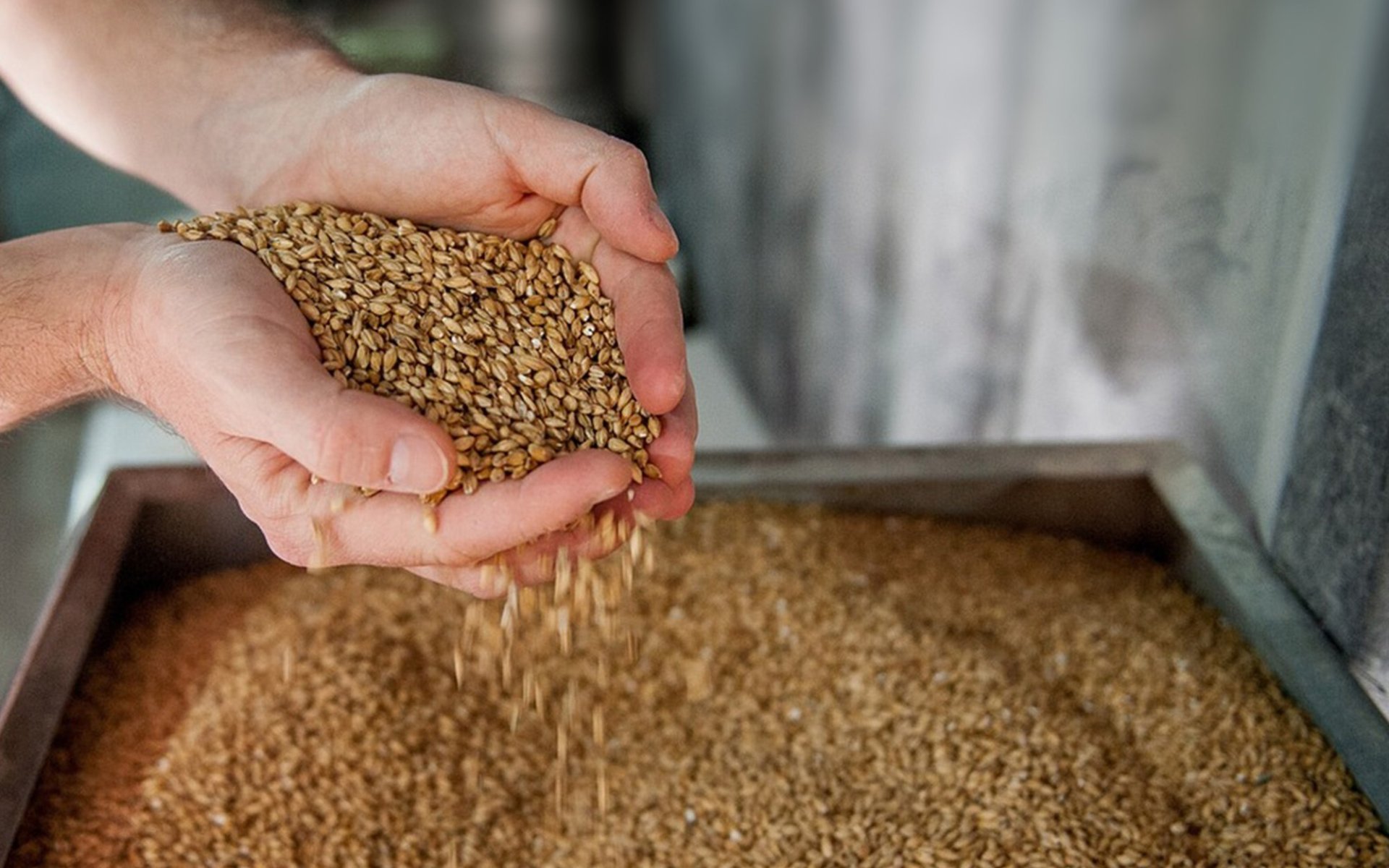Malt

When it comes to malt and beer production, many might have heard of it, but do you know that malt is not the name of any specific grain? Instead, malt refers to grain kernels that have undergone the malting processby steeping them in water until they sprout. This sprouting process stimulates the creation of amylase enzymes, which convert starch into sugar. Therefore, the term "malt" refers to a process, not a grain variety. Simultaneously, various types of grains, including rice, can be used to make malt.
The Origin of Malt: From Farmers in the Fertile Crescent
The story of malt begins with early human grain cultivation approximately 10,000 years ago in the Fertile Crescent, also known as the cradle of ancient civilizations. Today, this area stretches from Iraq to Syria and Turkey. Historically, farmers in this region widely cultivated barley. It was then they discovered that steeping barley in water and allowing it to sprout made the water taste sweeter. Since then, the malting process has remained popular to this day.
Malt in Ancient Civilizations: Beer for Rituals and Nutrition
Later, around 4000 BCE, ancient civilizations such as the Sumerians, Egyptians, and Mesopotamians recognized malt's potential and adopted it as a primary ingredient in beer production. In ancient Sumer, beer production was not merely about creating a beverage but was also a significant part of religious rituals. The Sumerians developed sophisticated brewing techniques, making beer a staple drink in their society. The Egyptians, too, highly valued beer, believing it to be a highly nutritious beverage.
The Role of Monasteries in the Middle Ages and the Impact of the Industrial Revolution
During the Middle Ages, European monasteries played a crucial role in preserving the art of brewing. Monks became skilled maltsters and brewers, as beer production within monastery walls was seen as a way to support the community. Monastic breweries gained renown for producing excellent beer, and the malt produced within their walls became highly sought after by the general populace.
The Industrial Revolution marked a significant turning point in malt production. Technological advancements enabled large-scale malt production, while also making the malting process more efficient and accessible, leading to the massive beer production we see today.
Malt Today: Beyond Beer, into the Craft Beer Era
Although malt is traditionally associated with beer production, its use today has expanded beyond brewing. In the culinary world, malt is used in a diverse range of products, from breakfast cereals and malt milkshakes to candies and many more.
In recent years, malt has experienced a significant surge in popularity, partly due to the growth of the craft beer industry. Beer enthusiasts are increasingly appreciating a wider variety of flavors and aromas. Consequently, craft brewers are incorporating different types of malt into their beer production to create unique and innovative flavors.


